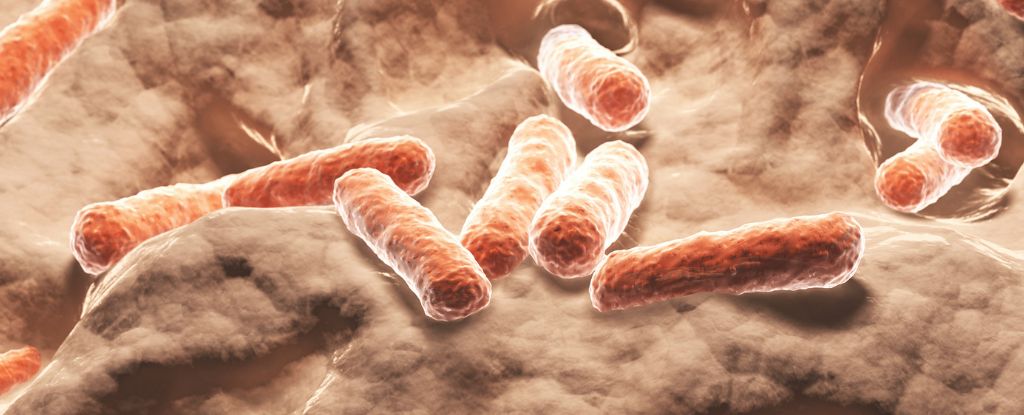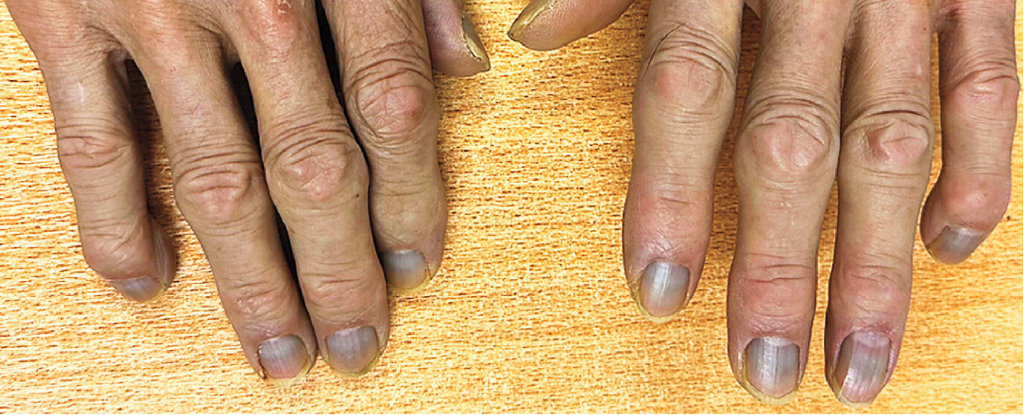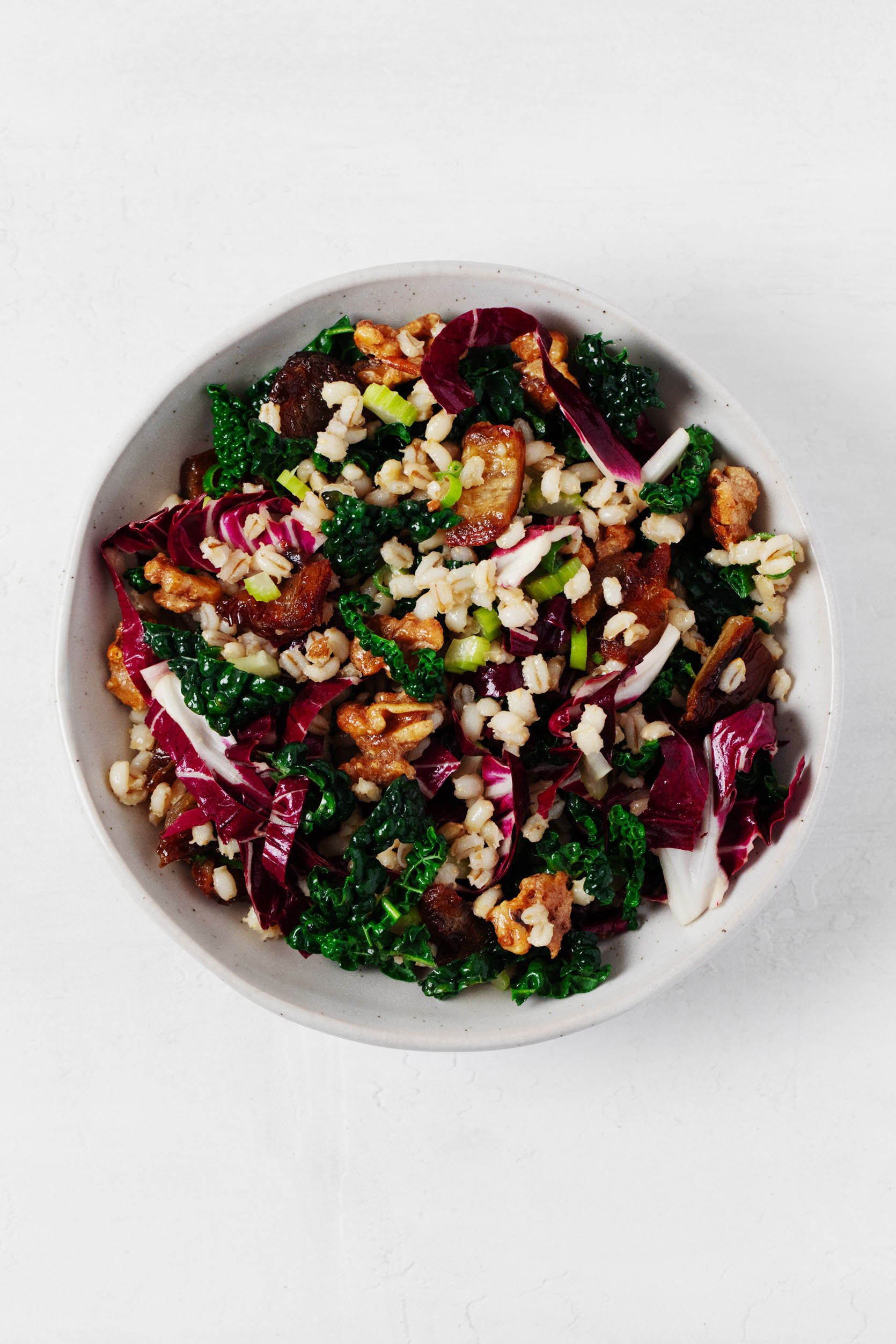Austrian AeroSHARK highlights fuel efficiency gain for older jets
Austria, despite its many beautiful lakes, is a landlocked country to which sharks are not indigenous, so it is with a certain irony that its national carrier’s Boeing 777-200ER aircraft will be sporting sharkskin-inspired film. It’s called AeroSHARK, developed by Lufthansa Technik and chemicals conglomerate BASF, and it is set to save a full one... The post Austrian AeroSHARK highlights fuel efficiency gain for older jets appeared first on Runway Girl.

 Austria, despite its many beautiful lakes, is a landlocked country to which sharks are not indigenous, so it is with a certain irony that its national carrier’s Boeing 777-200ER aircraft will be sporting sharkskin-inspired film. It’s called AeroSHARK, developed by Lufthansa Technik and chemicals conglomerate BASF, and it is set to save a full one percent of fuel burn per aircraft in Austrian’s 777 fleet.
Austria, despite its many beautiful lakes, is a landlocked country to which sharks are not indigenous, so it is with a certain irony that its national carrier’s Boeing 777-200ER aircraft will be sporting sharkskin-inspired film. It’s called AeroSHARK, developed by Lufthansa Technik and chemicals conglomerate BASF, and it is set to save a full one percent of fuel burn per aircraft in Austrian’s 777 fleet.
One percent is a significant fuel burn gain on any aircraft, but it is particularly substantial on these older 777s, the eldest of which is approaching its thirtieth birthday according to the Airfleets database. Austrian’s first AeroSHARK aircraft, a 777 of 2002 vintage, is OE-LPC, and the airline plans to modify four of its six aircraft.
AeroSHARK is, in terms of technology, a thin adhesive film applied to the surface of the aircraft fuselage, with microscopic ribs — called riblets — of roughly 50 microns (or 0.05 millimetres). To the touch, as Lufthansa Technik demonstrated it to this journalist, it feels slightly akin to the raspy texture of a cat’s tongue.
The technology stems from research in the early 1980s that identified tiny microstructures in shark skin, which evolved to enable the creatures to swim more efficiently through the water.
This fluid dynamics discovery was — since air behaves like a fluid — also applicable to aircraft, and thus AeroSHARK was born as a retrofit solution, one of the aviation industry’s early applications of biomimicry technology, where artificially created objects or surfaces are created to resemble those found in nature.
Other examples of biomimicry are mostly at the research stage, such as Airbus’ semi-aeroelastic AlbatrossONE hinged wingtip test model (which resembles birds’ wingtips) or the fello’fly wake energy retrieval programme, (potentially taking advantage of wake energy retrieval by having aircraft fly in a V-pattern that resembles geese migrating flock patterns).
Lufthansa Technik installs some 830 square metres of riblet film per aircraft on fuselage and engine nacelles on the smaller 777 models, with the stretched Boeing 777-300ER receiving roughly 100 square metres more owing to its larger size. Lufthansa Technik estimates an approximate benefit of some 250 toness of fuel for the smaller 777 models.
The first Austrian 777-200ER is, Lufthansa Technik says, the 23rd application of AeroSHARK, all of which have taken place on Boeing 777s belonging to six different airlines including Lufthansa Group airlines and Japan’s ANA since EASA issued the product with its supplemental type certificate in December 2022.
Along the same lines is the riblet coating film being applied by O-Well to a Japan Airlines 787-9, a nearly eight-year-old airframe, using a paint-to-paint method rather than a decal-style film. Following tests in conjunctions with Japanese space and research agency JAXA, including on a JAL 737-800 starting in 2023, the airline expects to reduce resistance by roughly a quarter of a percent on what is, already, a fairly low-drag aircraft, amounting to some 119 tonnes of jet fuel.
The comparison between the newer 787-9 (roughly a quarter of a percent for a 119 tonne saving) and the older 777-200ER (roughly one percent for a 250 tonne saving) is notable — and may be part of a wider trend as airlines seek to reduce their carbon emissions during a time when availability of newer, more efficient aircraft are constrained.
More and more of these older aircraft are having their working lives extended during the current supply chain crunch in the new widebody production line, driven partly by other elements of the supply chain (such as seats and engines) and partly by airframer issues (such as Boeing’s 787 production quality problems). As a result, incremental percentage-based improvements to the overall fuel burn of these less efficient aircraft will have a large net result.
Related Articles:
- EVA Air adopts fuel-saving AeroSHARK film for Boeing 777F fleet
- Austrian Airlines studies hydrogen power for A320 ground maintenance
- Weight savings to drive cabin sustainability: Airbus and Diehl
- SWISS completes 777 mods with AeroSHARK, looks to equip other types
- Lufthansa Technik explains AeroSHARK as 777F with riblets flies
- How Lufthansa is placing sustainability at the heart of its PaxEx
All images credited to Austrian
The post Austrian AeroSHARK highlights fuel efficiency gain for older jets appeared first on Runway Girl.













![[Boost]](https://media2.dev.to/dynamic/image/width=800%2Cheight=%2Cfit=scale-down%2Cgravity=auto%2Cformat=auto/https%3A%2F%2Fdev-to-uploads.s3.amazonaws.com%2Fuploads%2Forganization%2Fprofile_image%2F7820%2Fe8a1bb9a-c520-4645-b24f-06ddf34c44bf.gif)




![[The AI Show Episode 130]: Worrying Future of Jobs Report, Altman: “Confident We Know How to Build AGI,” Why OpenAI’s Agents Are Delayed & Trump $20B Data Center Investment](https://www.marketingaiinstitute.com/hubfs/ep%20126%20cover-1.png)









_full.jpg)


































![Billie Eilish, Lady Gaga, Joni Mitchell, and Red Hot Chili Peppers to Play FireAid Benefit Concert [Updated]](https://consequence.net/wp-content/uploads/2025/01/FireAid-2025.jpg?quality=80#)












